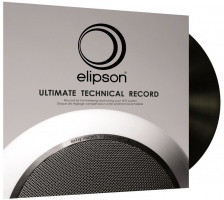|
Customer services About Us Delivery & Returns W.E.E.E Privacy Policy Terms & Conditions Site Map Latest News Loyalty Points Klarna Contact Us The Manor House Manor View Whittlesey Peterborough, Cambridgeshire, PE7 1TF Tel: (0)1733 350878 Email: info@analogueseduction.net Newsletter Sign-up Sign up to hear about latest news & offers. © Analogue Seduction 2024 | Vat reg no 983293580 |
01733 350 878 |





